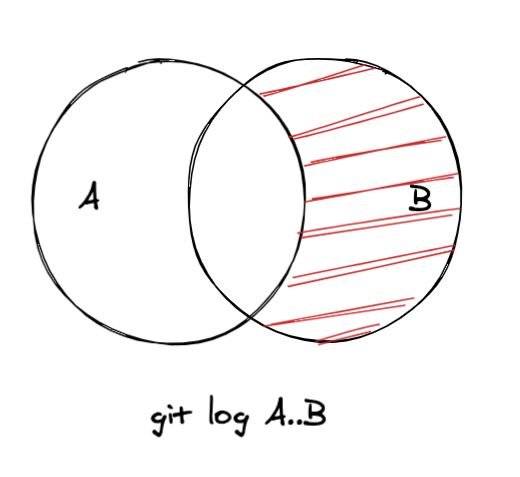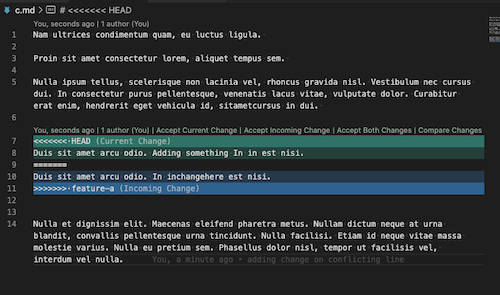Blog Posts
How To Use Patch In Python Unittest
Mar 19th, 2021Python C Extension
Mar 12th, 2021Few weeks ago we looked into CPython, the default implementation of Python. We saw that CPython is implemented in C and provides a way to declare extensions implemented in C to be used from Python. In this post we will look into a simple example of a module implemented in C and see how we can use it from the Python interpretor.
Profiling With Cpu Sampling And Speedscope
Mar 5th, 2021Application profiling allows developers to understand the performance and resource usage of an application. It can be used to identify hot paths or simply to explore what an application does. Today we will look at a way of capturing CPU samples for Python applications with py-spy and how to understand the resulting profiling data with speedscope.
Setuptools And Python Wheels
Feb 26th, 2021During the development of a Python application, we interact with tools like pip and libraries like setuptools. Pip allows us to install packages while setuptools is a library built on top of distutils providing necessary tools to package and distribute our own application. Python supports two types of distributions, wheels and source distributions. In today’s post we will look at the usage of both of them and also look at how we can create them oursevles for our own application.
Stack And Register Machines
Feb 19th, 2021Python Compiler And Interpreter
Feb 12th, 2021Last week we looked at how compilers worked in general. We saw that they were mostly composed of two parts, the front end and back end. The front end being the compiler from programming source code to intermediate representation and the back end being the runtime. In today’s post we will look specifically into how Python gets compiled and interpreted with the default implementation, CPython.
How Do Compilers Work
Feb 5th, 2021With the recent introduction of Apple M1 chip, we have seen the start of the adoption of the ARM processor architecture for Apple Macbook line. ARM being a different family of instruction set architecture than x86 (most common as of today), this means that any application built for x86 (for Mac with Intel or AMD chips) needs to be recompiled to run on ARM (M1 chip). The process of compilation is a multistep process starting taking code written in programming languages and transforming it into machine code understood by the processor. In today’s post we will look at the different part involved in the compilation process.
Rebasing Merges With Git
Jan 29th, 2021Git Stash
Jan 22nd, 2021Git Log
Jan 15th, 2021Difference Between Working Tree And Index In Git
Jan 8th, 2021Git Cherry Pick
Jan 1st, 2021Git Difftool And Mergetool With Visual Studio Code
Dec 25th, 2020Git Reset
Dec 18th, 2020Git Diff Triple Dot And Double Dot
Dec 11th, 2020When using a branching mechanism like GitFlow or Mainline, we usually create pull request from short lived branches to long lived branches (e.g. develop, master). The pull request diff page gives a view of the changes that were brought by the branch. By default all repositories managers like GitHub, GitLab or Bitbucket uses “triple dot” diff to show diff. In this post we’ll look at the difference between “triple dot” and “double dot” diff.
 chrome
chrome
 cypress
cypress
 dbeaver
dbeaver
 ethereum
ethereum
 figma
figma
 flask
flask
 git
git
 graphql
graphql
 jekyll
jekyll
 jenkins
jenkins
 js
js
 maths
maths
 metamask
metamask
 mobx
mobx
 mysql
mysql
 oas
oas
 postgres
postgres
 postman
postman
 puml
puml
 python
python
 solidity
solidity
 splunk
splunk
 sqlalchemy
sqlalchemy
 sqlite
sqlite
 typescript
typescript
 unicode
unicode
 vscode
vscode
 zsh
zsh


